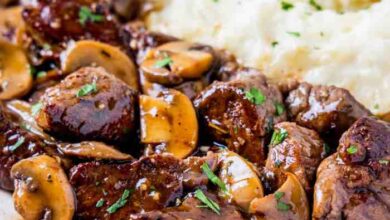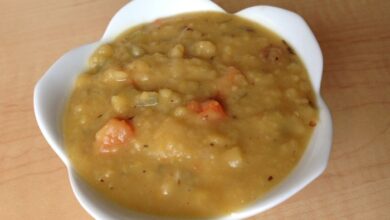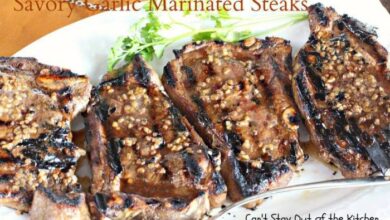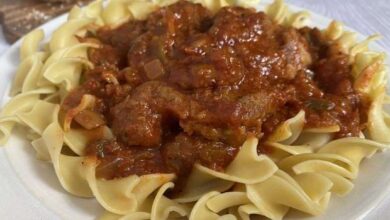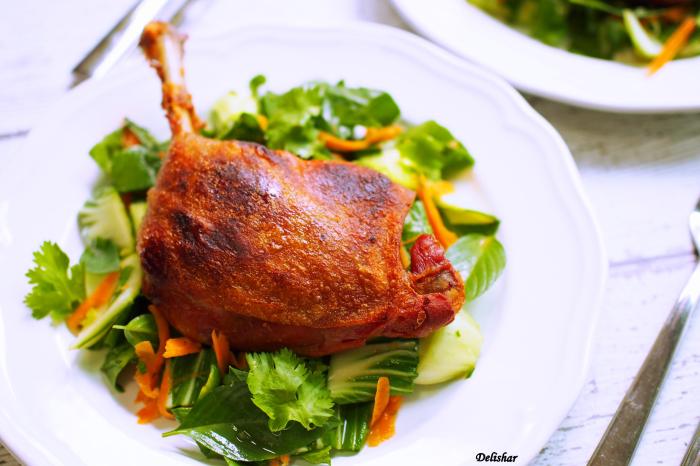
Duck Confit the Right Way: A Culinary Journey
Duck confit the right way is a culinary adventure that takes us back in time, exploring the rich history of preserving duck through a method that dates back centuries. It’s a journey that involves understanding the delicate balance of brining, curing, and slow cooking, resulting in a dish that is both incredibly flavorful and tender.
From the selection of the perfect duck to the art of rendering its own fat, every step in the process plays a crucial role in achieving that perfect confit. This isn’t just about cooking; it’s about creating a symphony of flavors and textures that will tantalize your taste buds.
Choosing the Right Duck
The foundation of a truly exceptional duck confit lies in selecting the perfect duck. This seemingly simple step holds immense importance, as the quality of your duck directly influences the final outcome. Choosing the right duck is crucial for achieving the melt-in-your-mouth tenderness, rich flavor, and delectable fat that characterize a perfect duck confit.
Duck Breeds Suitable for Confit
Selecting the right breed of duck is crucial for successful confit. Here are some popular breeds renowned for their flavor, fat content, and suitability for confit:
- Moulard Duck:This hybrid duck, a cross between a Muscovy and Pekin duck, is widely regarded as the best choice for confit. Moulard ducks are known for their exceptional fat content, which contributes to the rich, succulent flavor and melt-in-your-mouth texture of the confit.
They are also prized for their larger size, offering a generous amount of meat for confit preparation.
- Pekin Duck:These ducks, originally from China, are a popular choice for confit. They have a good fat content and are readily available, making them a practical option. While not as high in fat as Moulard ducks, Pekin ducks still yield a flavorful confit.
- Aylesbury Duck:These ducks, also from England, are another popular choice for confit. They are known for their large size and white plumage. While their fat content is comparable to Pekin ducks, Aylesbury ducks have a slightly more delicate flavor.
Characteristics of High-Quality Ducks
Beyond the breed, certain characteristics indicate a high-quality duck suitable for confit. These include:
- Age:Ducks should be at least 8 weeks old for optimal fat content and flavor. Ducks that are too young may not have enough fat for confit.
- Fat Content:A good indication of a suitable duck for confit is its fat content. Look for ducks with a layer of fat beneath the skin. This fat will render during the confit process, contributing to the richness and flavor of the dish.
- Flesh:The flesh of the duck should be firm and springy to the touch, indicating a healthy and well-nourished bird.
- Color:The duck’s skin should be smooth and free of blemishes. The color of the skin can vary depending on the breed, but it should be evenly colored.
Importance of Selecting Ducks with a Good Fat Content
Fat is the key to a successful duck confit. The fat content of the duck plays a vital role in the confit process, contributing to the richness, flavor, and tenderness of the final dish. During the confit process, the duck is slowly cooked in its own fat, which renders and infuses the meat with incredible flavor.
A duck with a good fat content will produce a richer, more flavorful confit, with the meat becoming incredibly tender and melting in your mouth.
Ducks with a higher fat content will yield a more flavorful confit, as the fat renders and infuses the meat during the cooking process. The fat also acts as a natural sealant, helping to keep the meat moist and tender.
Mastering the Technique: Duck Confit The Right Way
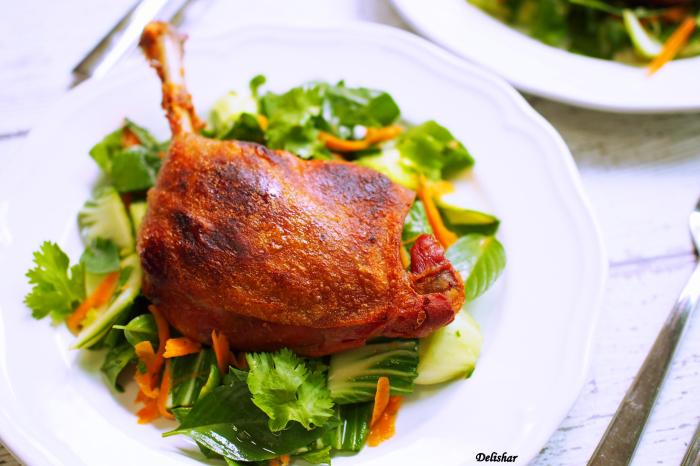
Duck confit is a dish that requires patience and precision. The key to achieving a truly remarkable result lies in mastering the technique. From brining and curing to slow-cooking in rendered fat, each step plays a crucial role in transforming a simple duck into a culinary masterpiece.
Brining and Curing the Duck
Brining is a crucial step in preparing duck confit, as it helps to season the meat and retain moisture during the long cooking process. The brining solution is a simple mixture of salt, sugar, and water, which draws out excess moisture from the duck and infuses it with flavor.
The curing process involves submerging the duck in the brine for a specified period, typically 12-24 hours. This allows the brine to penetrate the meat thoroughly, resulting in a more tender and flavorful final product.
Slow-Cooking Duck Confit in Its Own Rendered Fat
The slow-cooking process is the heart of duck confit. The duck is submerged in its own rendered fat, which creates a moist and flavorful environment for cooking. This method ensures that the meat stays tender and juicy, while the skin becomes deliciously crispy.
Cooking Techniques
- Oven Cooking:This is the most common method for cooking duck confit. The duck is placed in a roasting pan, covered with rendered fat, and cooked in a low oven (around 150°F) for several hours. This allows the fat to melt and infuse the meat with flavor.
- Slow Cooker:Slow cookers are an excellent option for cooking duck confit, as they provide a consistent and low-temperature environment. The duck is placed in the slow cooker with rendered fat and cooked on low heat for several hours.
- Sous Vide:Sous vide cooking offers precise temperature control, ensuring that the duck is cooked evenly and to the desired level of doneness. The duck is vacuum-sealed in a bag with rendered fat and cooked in a water bath at a low temperature for several hours.
Achieving a Crispy Skin and Tender, Succulent Meat, Duck confit the right way
The key to achieving a perfect duck confit lies in balancing the crispy skin with the tender, succulent meat.
Tips for Achieving Crispy Skin
- Pat the duck dry:Before cooking, make sure the duck is completely dry. Excess moisture can prevent the skin from crisping up.
- Score the skin:Scoring the skin allows the fat to render more quickly and creates a more crispy texture. Make shallow cuts across the skin, being careful not to cut into the meat.
- High heat:To achieve a crispy skin, it is essential to cook the duck at a high temperature for a short period of time. This will allow the skin to crisp up without overcooking the meat.
Tips for Achieving Tender, Succulent Meat
- Slow and low:The key to tender duck confit is to cook it slowly and at a low temperature. This allows the fat to melt and infuse the meat with flavor, resulting in a succulent and tender texture.
- Rest the duck:After cooking, allow the duck to rest for at least 15 minutes before carving. This will allow the juices to redistribute, resulting in a more flavorful and tender meat.
Duck confit, with its crispy skin and tender meat, is a dish that demands a flavorful companion. While a simple vinaigrette might do, I find a creamy, nutty dressing elevates the experience. A tasteful tahini salad dressing with a touch of lemon and garlic perfectly balances the richness of the duck, offering a delightful contrast of textures and flavors.
The creamy tahini dressing adds a luxurious touch, making this a truly satisfying and memorable meal.
Duck confit is a classic dish, and getting it right is all about patience and attention to detail. The key is to slowly render the fat from the duck legs, creating a rich, flavorful base for the meat. While the confit simmers, I love to whip up a batch of the best turkey chili – it’s the perfect complement to the rich, savory flavors of the duck.
Once the confit is ready, it’s a simple matter of crisping the skin for a truly unforgettable meal.

